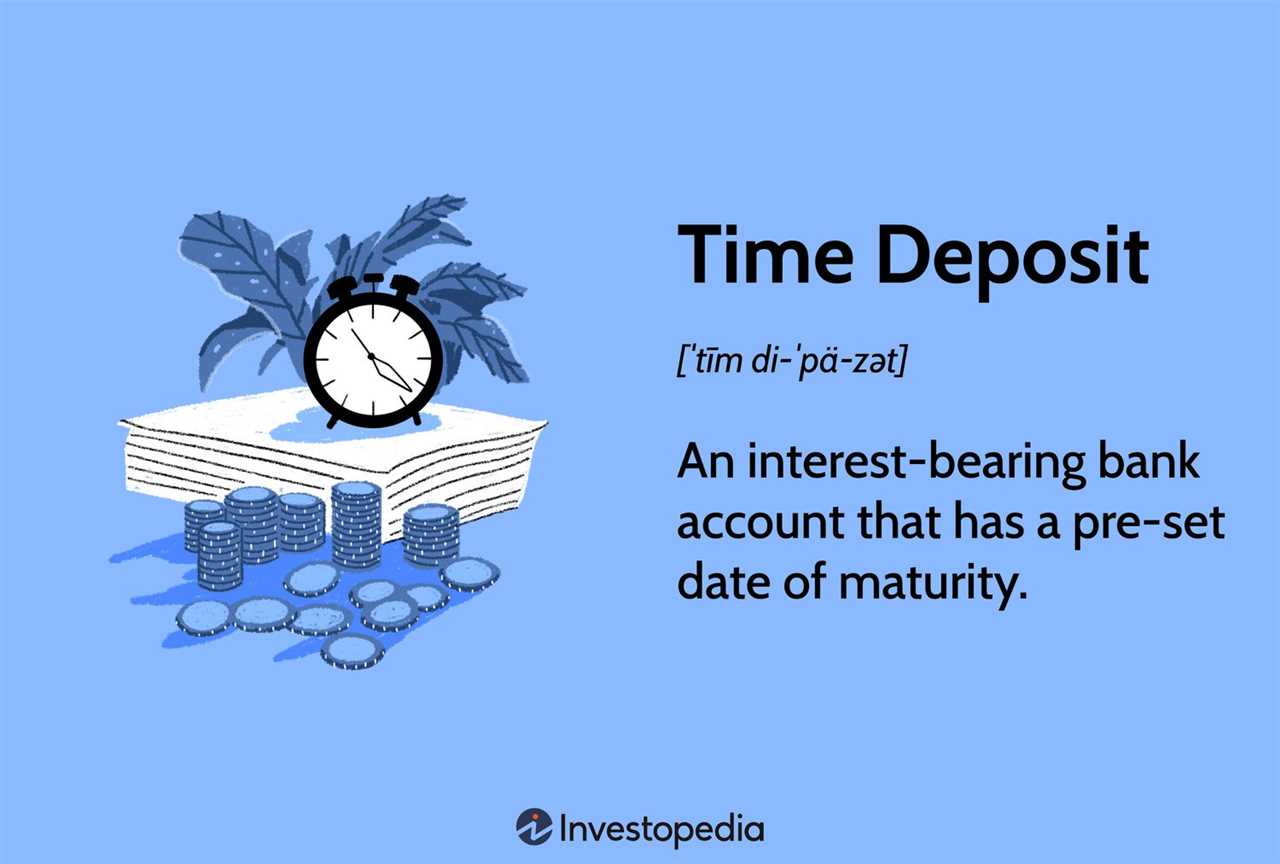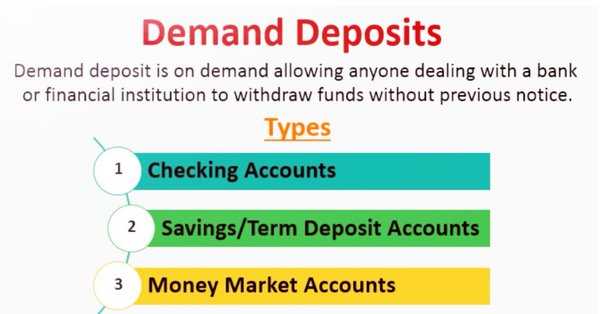Demand Deposit Definition Account Types
There are several types of demand deposit accounts available, each with its own requirements and features. Some common types include:
1. Basic Checking Account: This is a standard demand deposit account that offers basic features such as check writing, debit card access, and online banking. It usually requires a minimum opening deposit and may have monthly maintenance fees.
2. Interest-Bearing Checking Account: This type of account pays interest on the balance maintained in the account. It is suitable for individuals who maintain higher account balances and want to earn some interest on their funds.
3. Student Checking Account: Designed for students, this account typically offers features such as no minimum balance requirements, no monthly maintenance fees, and special perks like discounts on certain services or products.
4. Joint Checking Account: This account allows two or more individuals to share a single account. It is commonly used by couples or family members who want to manage their finances together.
When opening a demand deposit account, you will typically need to provide identification documents, such as a valid ID or passport, proof of address, and your social security number. Some banks may also require an initial deposit to open the account.
What is a Demand Deposit Account?

Unlike a savings account, which is designed for long-term savings and typically pays interest, a demand deposit account does not earn interest. However, it offers the convenience of easy access to funds without any restrictions or penalties for withdrawals.
One of the key features of a demand deposit account is the availability of checks and debit cards. These tools allow account holders to make payments directly from their account, either by writing a check or using a debit card for point-of-sale transactions. This makes it convenient for individuals and businesses to manage their finances and make payments to others.
Another important aspect of a demand deposit account is the ability to link it to other financial products and services. For example, account holders can set up direct deposit to have their income deposited directly into their account. They can also link their account to a savings account or a credit card for easy transfers and payments.
It is important to note that demand deposit accounts are typically subject to fees and charges. These may include monthly maintenance fees, overdraft fees, and fees for using out-of-network ATMs. It is important for account holders to carefully review the terms and conditions of their account to understand any fees that may apply.
Types and Requirements of Demand Deposit Accounts

A demand deposit account is a type of bank account that allows the account holder to deposit and withdraw funds on demand. These accounts are typically used for everyday banking needs, such as paying bills, making purchases, and accessing cash. There are several types of demand deposit accounts, each with its own set of requirements and features.
A checking account is the most common type of demand deposit account. It allows account holders to write checks, make electronic transfers, and use a debit card to access their funds. To open a checking account, individuals usually need to provide identification, proof of address, and a minimum initial deposit. Some banks may also require a minimum balance or charge monthly fees.
2. Savings Accounts:
While savings accounts are not typically considered demand deposit accounts, some banks offer a hybrid account that combines the features of a savings account with the convenience of a checking account. These accounts may have limited check-writing capabilities and require a higher minimum balance to avoid fees.
3. Money Market Accounts:
Money market accounts are another type of demand deposit account that typically offers higher interest rates than traditional checking or savings accounts. These accounts require a higher minimum balance and may have limitations on the number of withdrawals or transfers allowed per month.
4. High-Yield Checking Accounts:
High-yield checking accounts are a type of demand deposit account that offers higher interest rates than traditional checking accounts. These accounts often require a higher minimum balance and may have additional requirements, such as using direct deposit or making a certain number of debit card transactions each month.
5. Certificate of Deposit (CD) Accounts:
While not a traditional demand deposit account, a certificate of deposit (CD) is a type of time deposit that offers a fixed interest rate for a specific period of time. Once the CD matures, the account holder can withdraw the funds without penalty. However, withdrawing funds before the maturity date may result in a penalty.
| Account Type | Minimum Balance | Check-Writing | Interest Rate |
|---|---|---|---|
| Checking Account | Varies by bank | Yes | Low to none |
| Savings Account | Varies by bank | Limited | Low |
| Money Market Account | Varies by bank | Limited | Higher than savings account |
| High-Yield Checking Account | Varies by bank | Yes | Higher than traditional checking account |
| Certificate of Deposit (CD) Account | Varies by bank | No | Fixed for the term of the CD |

Emily Bibb simplifies finance through bestselling books and articles, bridging complex concepts for everyday understanding. Engaging audiences via social media, she shares insights for financial success. Active in seminars and philanthropy, Bibb aims to create a more financially informed society, driven by her passion for empowering others.
